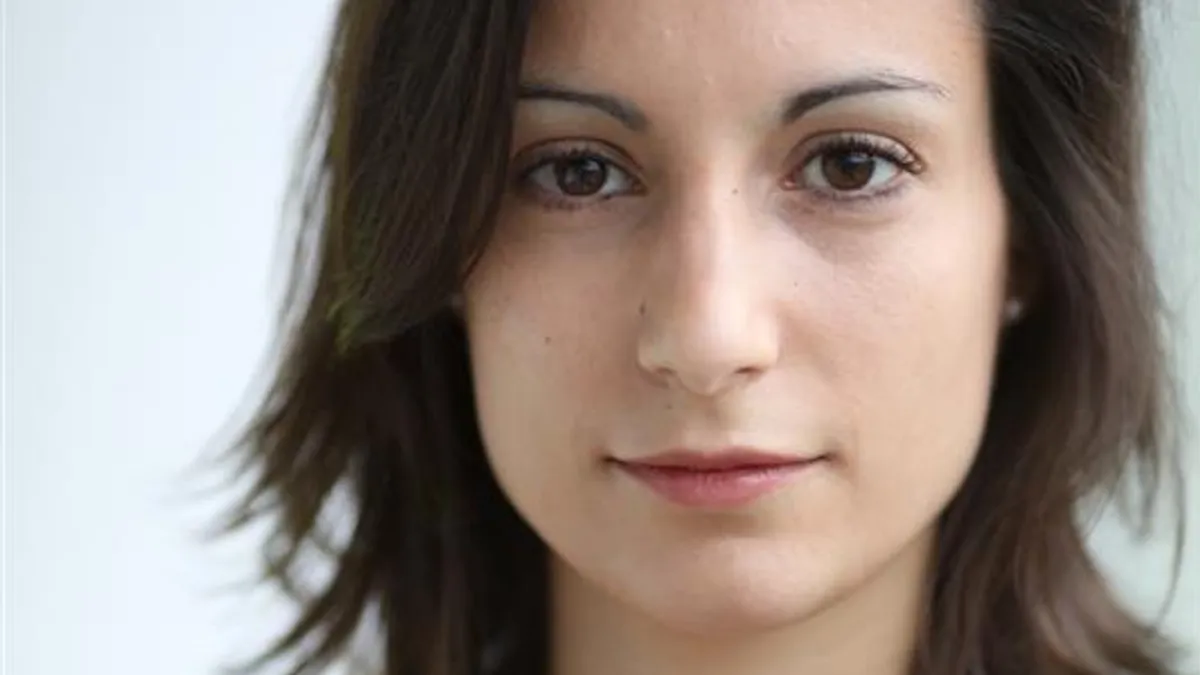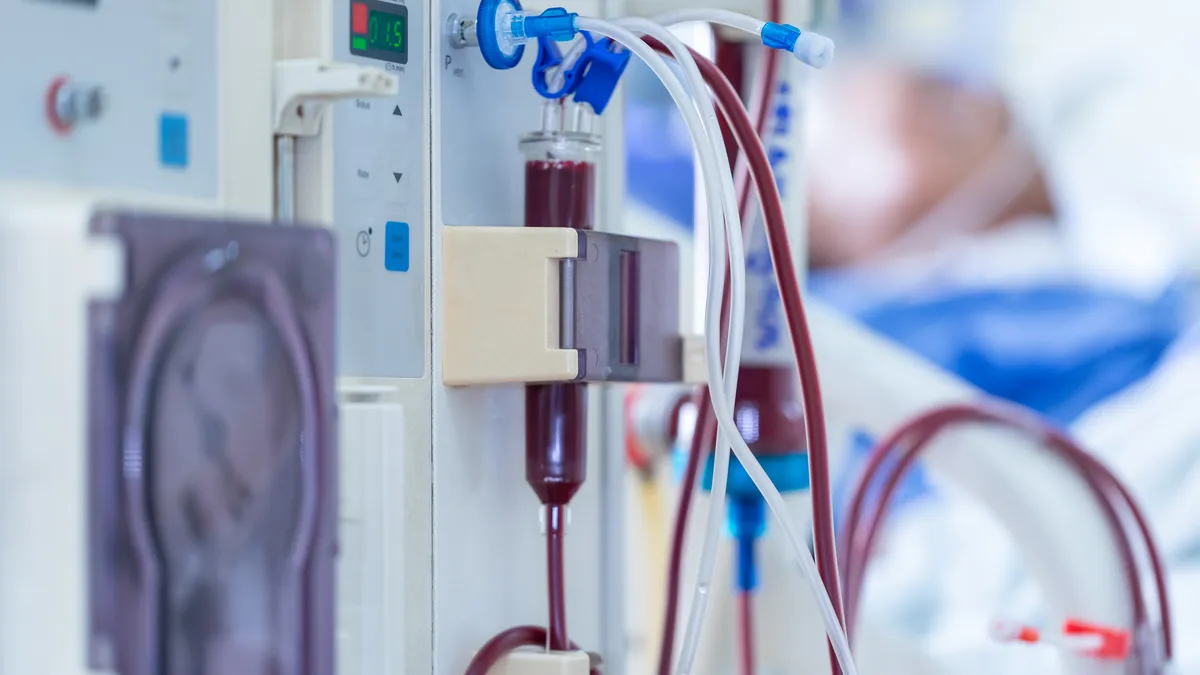Maria Pereira, co-founder and chief innovation officer of Paris-based Tissium, was a PhD student in bioengineering at the Massachusetts Institute of Technology when a surgeon asked her lab team if it could come up with a new treatment for ventricular septal defect, a hole in the wall that separates the heart's lower chambers. From that challenge over a decade ago evolved a medtech startup with 97 employees that is currently developing a family of polymers to address multiple unmet clinical needs in tissue reconstruction. Tissium aims in the next two years to bring to market its first product, a polymer technology that offers a sutureless way to repair peripheral nerves.
The company, which changed its name from Gecko Biomedical to Tissium to reflect its expanding mission, closed on a €50 million ($51.8 million) Series C funding round in July 2021, bringing its total funding raised to €120 million since its inception in 2013. The French government is providing additional financial backing through a program that recognizes and supports the 120 fastest-growing tech companies in France.
Pereira talked to MedTech Dive about her journey from inventor to business executive with a new medical technology on the cusp of commercialization.
This interview has been edited for length and clarity.
MEDTECH DIVE: As a PhD student at MIT, how did you make your discovery and when did you realize you were on to something important?
MARIA PEREIRA: The way it all happened is thanks to the surgeon who approached my PhD adviser, Jeff Karp, at the time with a request: Were we willing to help develop a new solution for ventricular septal defect closure? So it started with a clinical problem. We didn't have the technology at the time, and we looked at what was available in the market and realized there was really nothing out there that addressed the need. That's when we started to work on developing specific materials, specific tissue adhesive, that could fit the requirements of the surgeon for a new technology.
And then we went to the drawing board and tried to really think, to make this technology successful, what are the properties we need to achieve? So it's not that one day we created something in the lab. It was definitely a process of identifying the needs, understanding the need, and coming up with something that could match that need. You really have a team of clinicians, engineers, chemists working together in the design of this technology.
What is the technology you are developing at Tissium?
If you look at how surgery currently is done, mainly surgeries are still done using sutures, staples, tacks. So whenever you want to bring tissues together or you want to fix something to tissues, you still need to use these traumatic technologies that have been developed decades if not centuries ago to repair tissues, and that can create trauma to the underlying tissue. So basically, we're developing materials that can be used as sealants, adhesives, as scaffolds to promote tissue reconstruction.
What medical challenges are you looking to address?
We believe that this technology can have a range of clinical uses. Currently, the therapeutic verticals we are very focused on and invested in are in peripheral nerve repair. Sometimes when there is trauma to the peripheral nerves, to bring them together, they need to use, for example, sutures that can lead to pain in the long term for these patients. We are developing a sutureless way of repairing the nerves, so that there's less trauma induced to the peripheral nerves. This is one program that we have in late stage development.
We are also leveraging our polymer platform to promote atraumatic hernia repair. So, basically to fix hernia meshes in open procedures or minimally invasive procedures. Instead of having to use tacks, we can use our adhesive to allow the surgeon to easily fix these meshes to the abdominal cavity in a non-traumatic manner.
And the third vertical we are exploring in late-stage development is for use of the material as a cardiovascular sealant. When the cardiovascular surgeons currently do vascular procedures, they need to use sutures. The challenge in cardiovascular procedures is that when you apply these sutures, you are suturing but at the same time you are creating holes in the tissue or in the synthetic materials that are used during the surgery. We are developing our adhesive as an adjunct to promote hemostasis to stop bleeding in these cardiovascular procedures.
How will your technology be different from other products on the market?
There have been tissue adhesives or sealants that have been developed, but they suffer from limitations. You have some materials that adhere very well, but they have been associated with, for example, poor tissue response. A common limitation of any adhesive or sealant that exists in the market is that those materials don't give control to the surgeon, in the sense that as soon as the surgeon applies the sealant or the adhesive to the tissue, it starts to polymerize. It's very messy. So there's very poor control over the use of the adhesive, which is very important when you are doing these delicate and precise surgeries.
In our case, we have a material that can strongly adhere to tissue, that is biocompatible, and also very important, it allows the surgeon to control the procedure and the use of the material. It's a viscous liquid that can be precisely applied to the tissue. Once the surgeon has applied it to where he wants it, he activates the adhesive properties of the material using light. When you shine light on this material, it goes from a viscous liquid state to a solid yet flexible state, and the material is then able to strongly bind to the underlying tissue.
How did you find the investors who have supported your research and development efforts?
I was finishing my PhD, so it was perhaps around 2012. Through my PhD adviser Jeff Karp, and Bob Langer, I met two French entrepreneurs, Christophe Bancel, who is our current CEO, and Bernard Gilly, who is also a co-founder of Tissium. At the time they were scouting for new projects, new technologies, to start companies. We discussed what we were developing at the lab, and I think for them, it was quite obvious from the get go, that the vision, the potential for the technology, was much bigger than what we were doing at the lab. And that's how Tissium then started, with the goal and mission to bring the technology from the bench to the bedside and develop it. I think it's something that's quite unique to us – we are not focused on a single application or a single device coming out of this material platform, but really looking to identify opportunities and to grow the pipeline across different therapeutic domains. Tissium has global ambitions but our first launches are planned to be in the U.S. We are working for that. It's a fun time for the company, a lot going on.


















